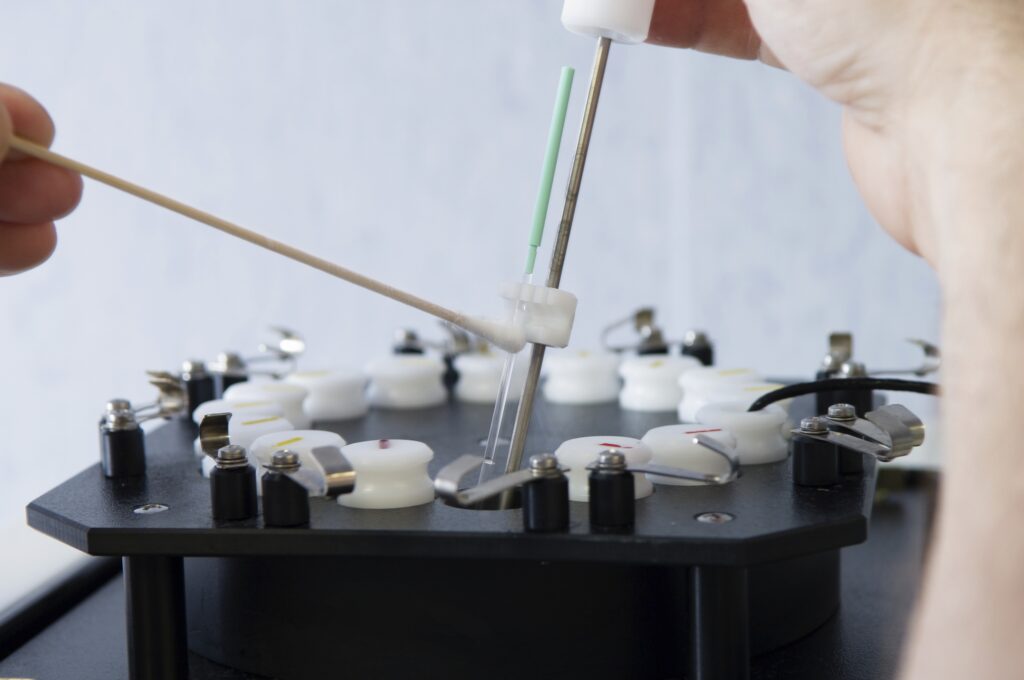New Non-Embryonic Stem Cell Study Shows Progress with Parkinson’s Disease

 Ever since human embryonic stem cells (hESCs) were first successfully grown in the lab in 1998, Parkinson’s Disease has featured prominently as one of the major diseases that such cells would supposedly eliminate.
Ever since human embryonic stem cells (hESCs) were first successfully grown in the lab in 1998, Parkinson’s Disease has featured prominently as one of the major diseases that such cells would supposedly eliminate.
The actor Michael J. Fox, himself a Parkinson’s sufferer, became a prominent advocate for federal funding for human embryonic stem cell research (hESCR), and he founded the Michael J. Fox Foundation (MJFF) to promote and fund such research.
Today, almost two decades later, not a single Parkinson’s patient has been treated with hESCs and results using them in animal models have been disappointing. As this website has noted, only a tiny fraction of the grants awarded by MJFF has gone to hESCR, and none since 2010. Even Fox himself eventually admitted in 2012 that progress in treating Parkinson’s “may come from stem cell research but it’s more than likely to come from another area.”
A new study shows that a treatment for Parkinson’s may yet come from stem cell research.
Just not embryonic stem cell research.
In a paper recently published in Nature, scientists announced that they had successfully used human induced pluripotent stem cells (iPSCs) to treat symptoms of Parkinson’s in monkeys.
Parkinson’s is a neurological disorder caused by a lack of dopamine production in a small section of the brain. Dopamine is a chemical essential to controlling movement and coordination. The decrease in dopamine production therefore erodes motor function in Parkinson’s sufferers.
In the new study, scientists took human iPSCs, coaxed them into becoming dopamine producing neurons, and inserted them into the monkeys’ brains.
The results have been described as a “major leap forward.” The injected cells survived and were fully integrated into the monkeys’ neuronal systems. Monkeys that were unable to stand regained mobility and were able to walk around their cage. “The monkeys became more active after cell transplantation, moved more rapidly and more smoothly, and showed more various type of movements and less tremor,” said Professor Jun Takahashi, who led the research.
And while tumor formation is a risk associated with the use of pluripotent stem cells, no tumor formation was observed a full two years after the cells were first transplanted into the monkeys’ brains.
The improvement in the monkeys’ movement, combined with the lack of tumor formation, now clears the way for human clinical trials, which the researchers hope to begin within a year.
To be sure, despite the promising results of this recent development, a cure for Parkinson’s is still a long way off.
But as this development using iPSCs again shows, what progress is being made toward that goal is being made with ethically non-contentious, non-embryonic stem cells.
Gene Tarne is Senior Analyst for the Charlotte Lozier Institute.



























